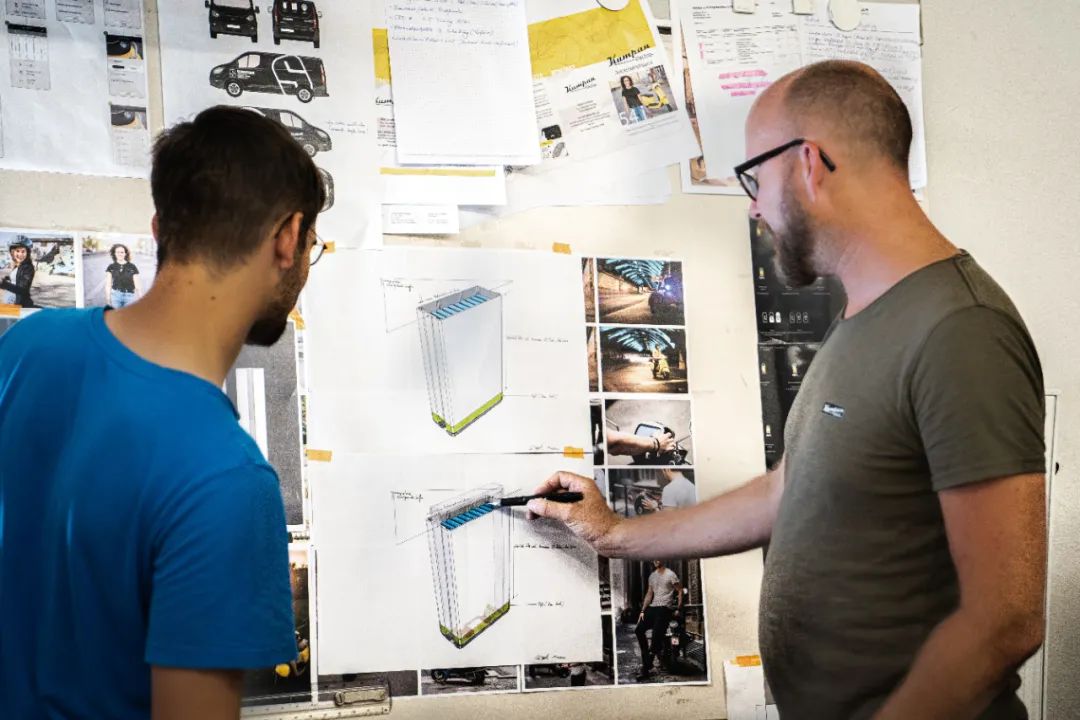
High School Research Project Outline
Completing a high school research project is a valuable opportunity for students to develop their critical thinking, research, and presentation skills. This outline will guide students and parents through the process of planning and executing a successful research project in high school.
1. Choosing a Topic
One of the most important aspects of a research project is selecting a topic that is both interesting and relevant. Students should consider their passions, current events, and areas of interest when choosing a topic. It is also important to ensure that the topic is manageable within the scope of the project and that there is enough research material available.
After selecting a topic, students should refine it into a specific research question or thesis statement. This will provide focus and direction to the project and help students stay on track throughout the research process.
It is also beneficial to discuss the chosen topic with teachers, parents, or mentors to receive feedback and guidance on the research project's direction.
2. Conducting Research
Once the topic is chosen, students should start conducting research using a variety of sources such as books, academic journals, websites, and interviews. It is essential to evaluate the credibility and reliability of sources to ensure the accuracy of information collected.
Students should take detailed notes during the research process, highlighting key points, statistics, and quotes that will support their argument in the final project. Proper citation of sources is crucial to avoid plagiarism and give credit to the original authors.
It is also recommended to keep a research log to track sources, notes, and ideas, making it easier to organize and reference information during the writing process.
3. Organizing Information
After gathering research material, students should organize the information into a coherent structure for the research project. This includes creating an outline that outlines the main sections, subtopics, and arguments that will be presented in the project.
Students should also consider the format of the project, whether it is a written paper, presentation, or multimedia project, and tailor the organization of information accordingly. Using headings, subheadings, and bullet points can help to effectively communicate the research findings to the audience.
It is important to ensure a logical flow of information, providing background information, supporting evidence, and a clear conclusion that summarizes the key findings of the research.
4. Writing the Project
With the research and organization in place, students should begin writing the research project following the outline and structure developed earlier. The project should include an introduction that presents the topic, research question, and thesis statement, setting the stage for the reader.
The body of the project should contain the main arguments, supporting evidence, and analysis of the research findings. Each paragraph should be focused on a specific point and supported by credible sources and examples.
In the conclusion, students should summarize the key findings of the research, restate the thesis statement, and propose recommendations or implications based on the research findings. It is important to proofread and edit the project for grammar, style, and formatting to ensure clarity and professionalism.
5. Presenting the Project
Depending on the requirements of the research project, students may need to present their findings to peers, teachers, or judges. It is important to prepare a well-organized and engaging presentation that effectively communicates the research findings and conclusions.
Practice is essential when preparing for a presentation, rehearsing the content, timing, and delivery to build confidence and ensure a smooth presentation. Visual aids such as slides, graphs, and charts can enhance the presentation and help engage the audience.
During the presentation, students should be prepared to answer questions from the audience and defend their research findings with evidence and critical thinking skills. Feedback from the audience can also provide valuable insights for future improvements and learning opportunities.
6. Final Thoughts
Completing a high school research project is a challenging but rewarding experience that can help students develop essential skills for academic and professional success. By following this outline and putting in the necessary time and effort, students can produce a high-quality research project that reflects their knowledge, creativity, and critical thinking abilities.
Remember to stay organized, manage time effectively, and seek guidance and feedback from teachers, parents, and mentors throughout the research process. Most importantly, enjoy the journey of exploration and discovery that comes with conducting a research project in high school.
Best of luck with your research project!







